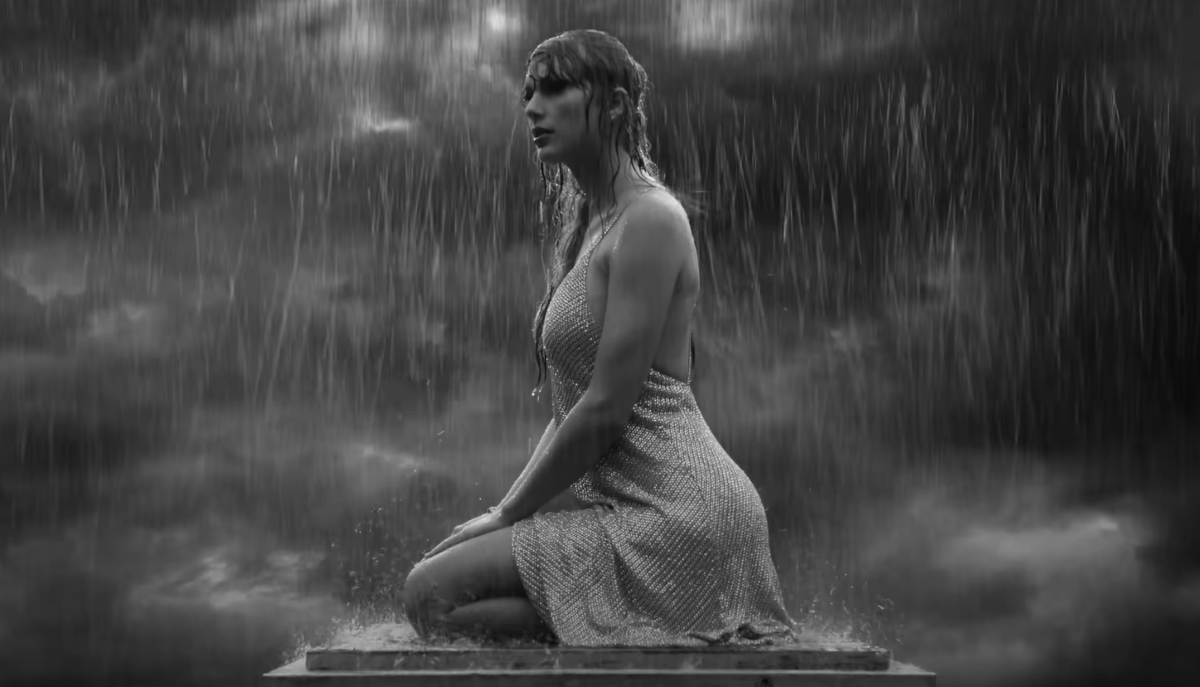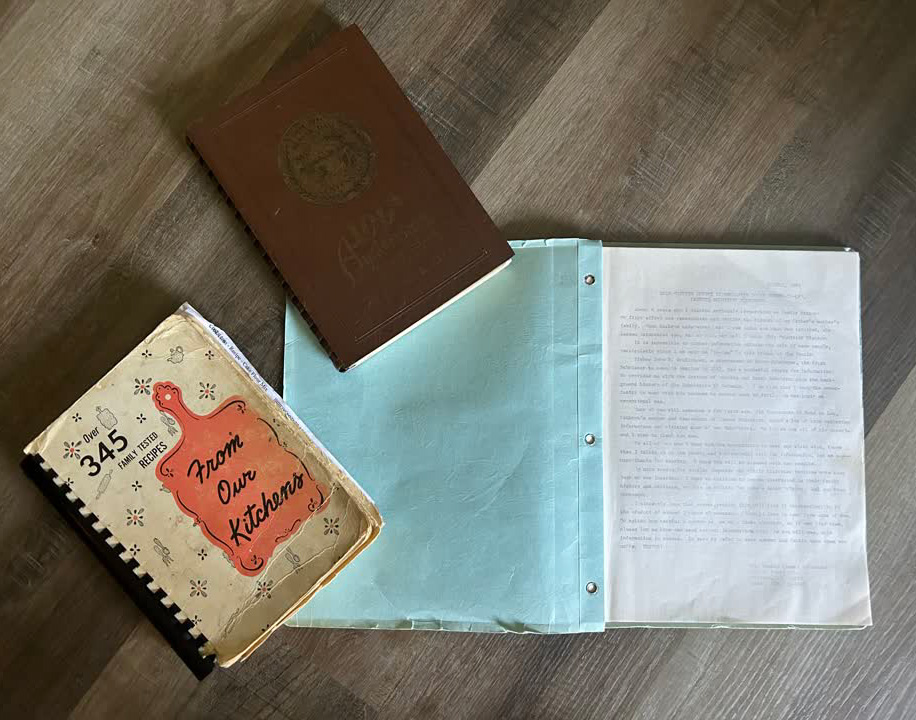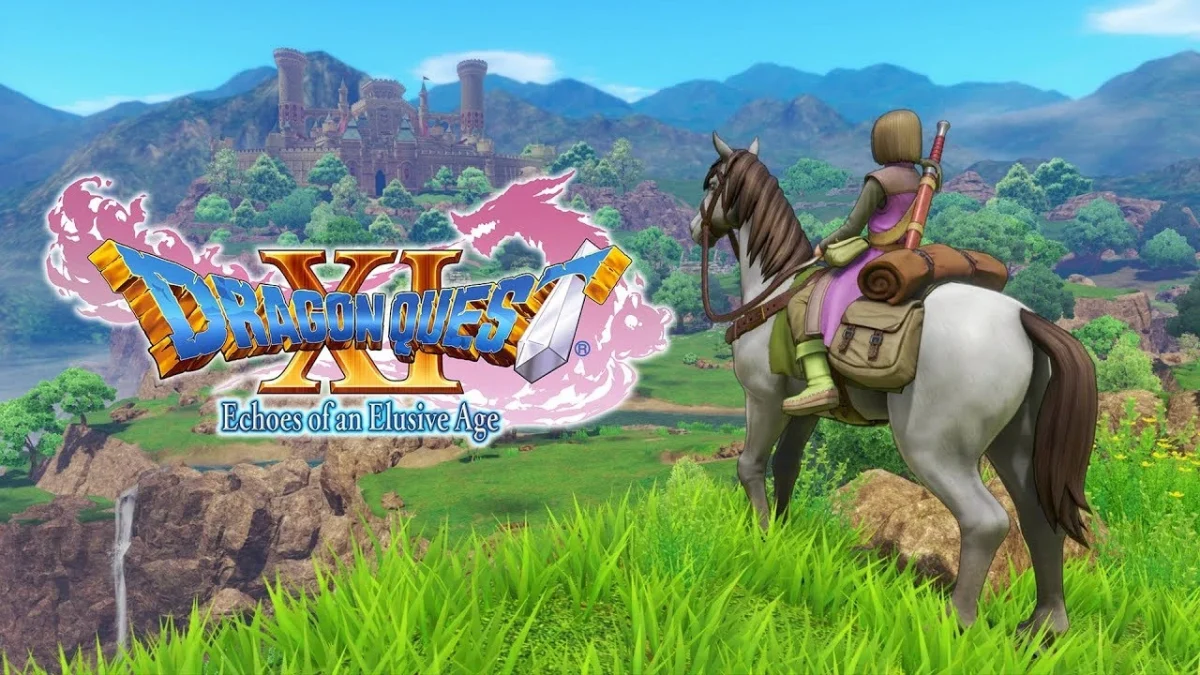 file photo
file photoLike many Americans, I spent most of the weekend of Aug. 27 glued to my TV, watching as the winds picked up in the Gulf Coast, as governors and mayors ordered evacuations and as people made a desperate attempt to save their homes by boarding up windows and doors.
| “There are some awfully big questions that need to be answered on local, state and federal levels.” |
The winds picked up, the towns emptied and by the time I woke up the next morning, Hurricane Katrina was battering the coast.
We sat. We watched. We waited.
And then we all acted surprised when the storm cleared and the region looked more like a third world country than part of what’s supposed to be the world’s greatest superpower.
Now, a week later, New Orleans is in a state of “controlled chaos” and the Mississippi and Alabama shores have been flattened. Tens of thousands of people are assumed dead.
What the hell happened down there?
On Aug. 25, Katrina, then a Category 1 hurricane moved across the Atlantic Ocean and swept across Southern Florida, killing seven people. By Aug. 27, Katrina was getting stronger and was on a direct path for New Orleans. By Aug. 28, it was a Category 5 storm, with winds reaching about 443 miles per hour. By the time it reached land on Aug. 29, Katrina had zeroed in on the gulf of Mississippi and had calmed down to a Category 4 storm.
This was not like the thunderstorms we see in the Midwest, which seem to develop within only a few hours. This was not the fluke tornado that only gives a half-hour of warning and flattens a town. We knew this was coming. By no means was Katrina reaching the coast a surprise.
For that matter, before Sept. 11 the Federal Emergency Management Agency released findings that said the three deadliest catastrophes that could happen in the United States would be a terrorist attack in New York City, a major earthquake hitting San Francisco or a major hurricane slamming into New Orleans. “The New Orleans hurricane scenario,” The Houston Chronicle wrote in December 2001, “may be the deadliest of all.”
There are some awfully big questions that need to be answered on local, state and federal levels. It’s easy to say the Democrats did it or the Republicans did it. With a screw-up this big, it’s clear that everyone had a hand in creating this mess.
Why were we shocked when the levees, which were built to withstand a Category 3 hurricane, broke? And for that matter, why didn’t we fix them years ago?
To say the money wasn’t there is baloney. We had money for tax cuts. We had money to wage a two-front war. We had money for the levees.
As soon as the National Weather Service put out notice that Katrina was growing, tens of thousands of troops should have been sent to the area. The original deployment of less than 5,000 soldiers to the region was pitiful.
Along those lines, we should have begun shipping meals, bottled water and other rations in the general direction of the gulf days before the storm hit. About three days after the hurricane, one woman interviewed by MSNBC said, “All we really need is some bottled water and a peanut butter and jelly sandwich.” It’s pretty sad when our nation couldn’t give people that.
New Orleans residents who made it to designated shelters at the Convention Center and Superdome were left stranded for days without food, water or sanitation supplies. When the sun went down, people who were already victimized by the hurricane were raped and beaten in what was supposed to be a place of refuge. Why weren’t these shelters better prepared to take people in?
Some have said the residents of the coast had plenty of opportunity to get out. And yes, nearly 80 percent of the people were able to evacuate. But what is too often forgotten is this is a region that has been gripped by poverty for generations. The roughly 20 percent of citizens left were, in many cases, too poor to find the means to leave the city. Some didn’t have cars. Some didn’t have money for gas, or a bus or a plane ticket. Why wasn’t a plan put into place to evacuate citizens in a hurry? Or within a week?
A bigger question that we’re left with in the wake of Katrina is, what does this mean for the rest of us? Will the federal government respond at the same snail’s pace if “the big one” hits San Francisco? If we can’t prepare our citizens for a hurricane that gave us nearly a week’s notice, how on earth will we evacuate a city after a terrorist attack?
We watched and waited for Katrina. Let’s start demanding answers and coming up with solutions so a tragedy of this scale doesn’t happen within our borders again.






